
[Photos: Antropo Film House]

School gardens provide fertile ground for education
Chiapas, the southernmost state in Mexico, is a land of lush rainforests, pine-clad mountains, turquoise waterfalls, and ancient Mayan temples. Milpa (polycultures of corn, beans, squash, edible volunteers) have been grown in the highly fertile region for thousands of years and, together with home gardens, provide the foundation for diverse, healthy, and delicious traditional diets.
Age-old farming methods such as these—including those variations practiced by Maya, Zoque, and mestizo cultural groups—draw great interest from agroecological researchers like Helda Morales (PhD ’98) and Bruce Ferguson (MSc ’95), professors at El Colegio de la Frontera Sur in the Mexican city of San Cristóbal de Las Casas.
Morales, a native of Guatemala City, and Ferguson, raised in Kalamazoo, Michigan, met at the Dana Building as students in the 1990s—where they did graduate work with professors Ivette Perfecto (SEAS) and John Vandermeer (LSA, Ecology and Evolutionary Biology). The two have made their home in San Cristóbal since 1998.
… here in this part of the world, people are dying because of diabetes and the change in diets,” says Morales.
The researchers report that Chiapas, for all of its natural beauty, cultural legacies, and sustainable practices, grapples with an arsenal of modern challenges. In their recent case study, Morales and Ferguson write that the region’s intertwined biological and cultural diversity is fast eroding in the face of urbanization, extractive industries, and expansion of industrial agriculture.
“Traditional farming systems have been very much a source of knowledge and inspiration for our field,” said Ferguson. “So, at the same time that we’re celebrating and documenting this rich knowledge and practice, we’re seeing it being degraded as food systems become industrialized, resulting in all of these health impacts on the general population.”
Morales explains that even the “best intentions” often bear unforeseen consequences.
It has been documented that kids who work and play and study in school gardens are willing to eat more vegetables,” says Morales.
“We were very sad to see that, little by little, all the policies for improving yields in agriculture—in order to cure hunger in the world—were making traditional practices disappear,” says Morales. “We were also very concerned that here in this part of the world, people are dying because of diabetes and the change in diets. So, we realized that it was important to do something. It has been documented that kids who work and play and study in school gardens are willing to eat more vegetables. So, we decided to see how the impact of school gardens would be in this part of the world.”
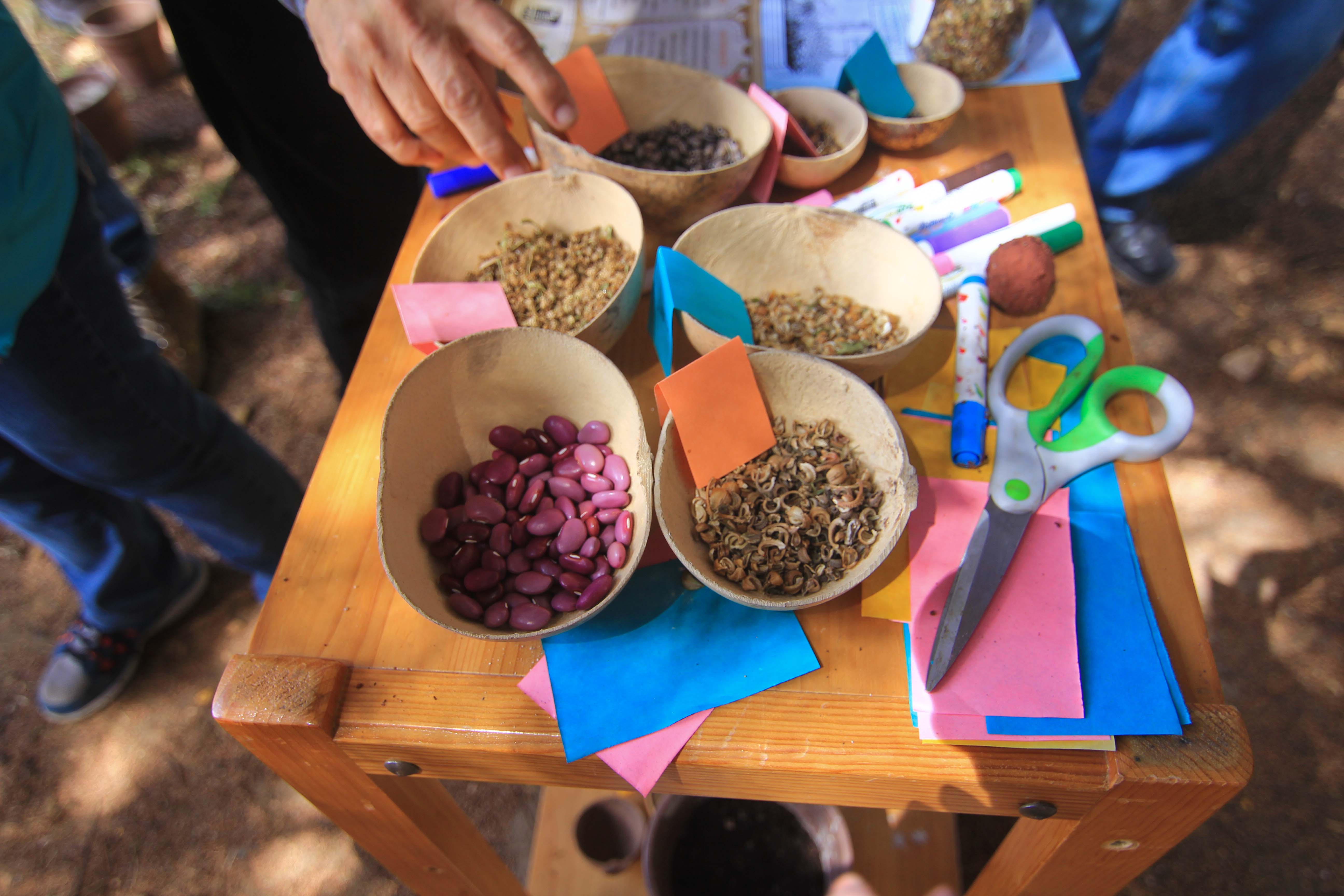
Laboratorios para la Vida (LabVida)
To achieve that goal, Morales and Ferguson founded Laboratorios para la Vida (LabVida) in 2009, and developed a team that trains educators to use school gardens and local food systems as venues for experiential learning. The team of natural and social scientists and project staff are dedicated to Participatory Action Research (PAR)—a powerful methodology for generating collective knowledge and change.
Morales notes that she and Ferguson were initially inspired by California’s Life Lab school garden network in the United States, and invited its founder, Roberta Jaffe, along with University of California agroecology professor Steve Gliessman, to visit Chiapas and contribute their advice. Jaffe and Gliessman not only visited, but also got involved in LabVida’s first research program. Ecological anthropologist Ronald Nigh came on board early on, along with members of NGOs whose aim was to promote good health and environmental education. Soon, they were joined by others from regions throughout Mexico.
Mesoamerican Network of School Gardens
Central to building what launched as the Mesoamerican Network of School Gardens were the local educators themselves—who shared concerns about the health of their students, as well as the candy wrappers and pop bottles piling up in the schoolyards as evidence of a sugar-dependent diet.
“The teachers came to us with that pain in their hearts,” recalls Morales, “and they wanted to teach the kids how to eat better and how to grow food by establishing school gardens.”
Morales explains that LabVida asked the teachers to interview elders in the rural communities, as well as the students’ parents, for insights on traditional growing methods. The teachers—many of whom equated rural communities with poverty and a lack of knowledge—soon discovered that they had much to learn from those communities, as well as from the students themselves.
“The kids in the countryside and their families know a lot about farming,” says Morales, “and there are so many new problems. The changing climate brings new pests and changes in culture. It's incredible to bring that knowledge to the school.”
Participating in growing the food really opens up kids' perspectives in dietary terms,” says Ferguson.
“That’s been one of the most interesting impacts of the network,” says Ferguson, “to foster conversations between academic school knowledge and community local knowledge. I think it helps families in the countryside feel like they have knowledge that’s relevant to what happens at school—and that what happens at school could be relevant to their livelihoods.”
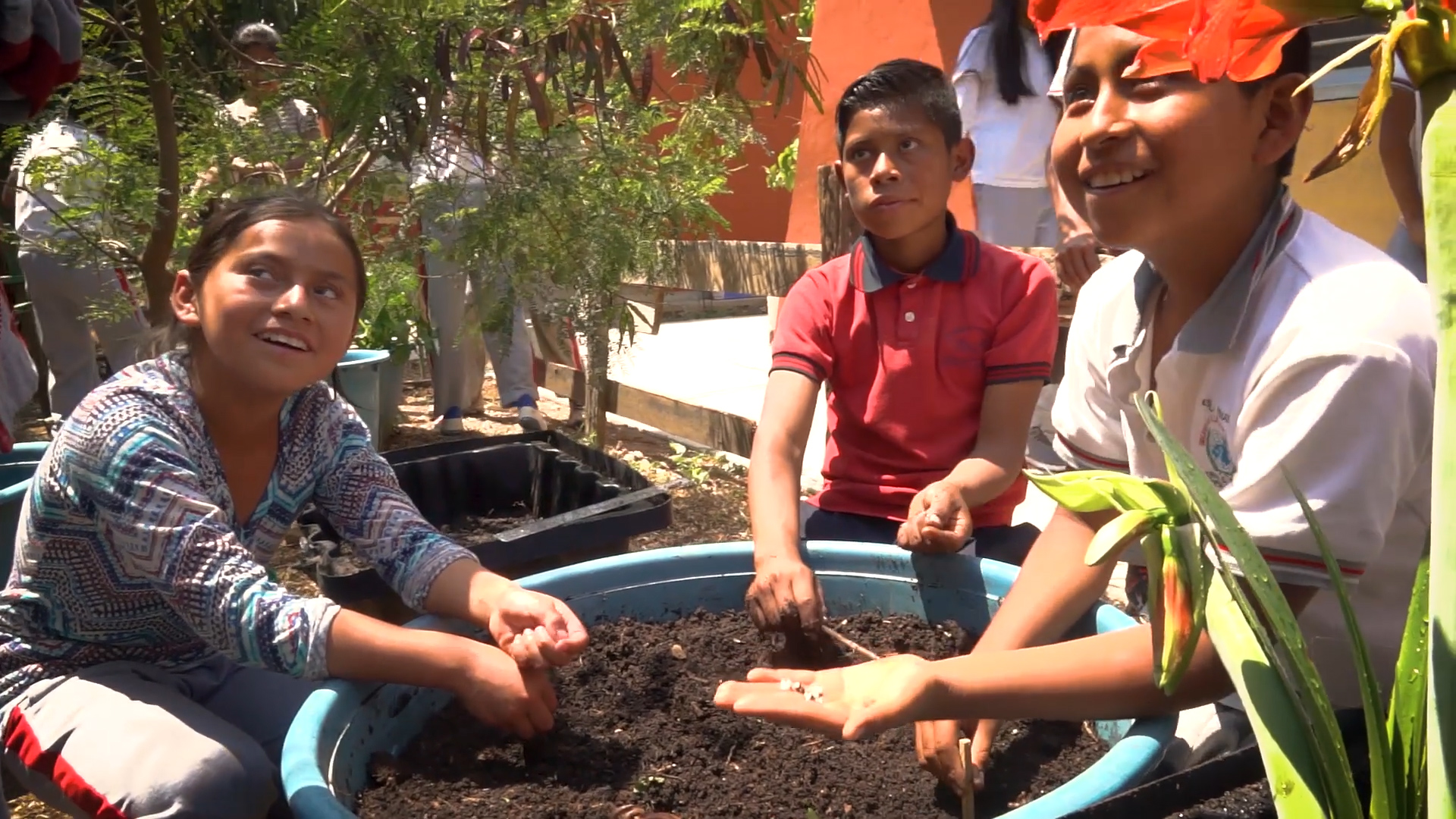
Morales points to another way that educational school gardens break new ground for both teachers and students.
“Math and natural science are things that many teachers are afraid of—and they transmit that to the kids,” says Morales. “Because we're scientists, we believe that science can give you power, and be a tool to defend ourselves against many obscure ideas. School gardens can be a way to teach that science is fun.”
As for motivating students to “eat their vegetables,” Ferguson recalls an amusing incident in the schoolyard.
“Participating in growing the food really opens up kids’ perspectives in dietary terms,” says Ferguson. “And though we haven’t studied it formally, we've definitely got some great anecdotes around that, including one kid that got busted for stealing other kids’ carrots and munching them down during recess.”

Red Internacional de Huertos Educativos (RIHE)
In 2011, a group of women from Uruguay came to one of the Network meetings, explains Morales, with the hope that the researchers would bring the Network to their South American country. They also asked that the program change its name to reflect the international scope of the organization. The founders agreed, renaming the network the “Red Internacional de Huertos Educativos (RIHE).”
Since that time, participation in the network has expanded to Puerto Rico, Spain, and South America, as well as other countries in Central America. In 2017, the Uruguayan group hosted the first annual RIHE conference to be held outside of Mexico—followed by the Chilean group which hosted the conference in 2019.
…the teachers will get comments like, ‘Why are your kids out playing in the dirt when they’re supposed to be learning math or Spanish?'” says Ferguson.
As this network grew more international in scope, the teachers back home in Chiapas called for a local network that would allow them to meet more frequently and provide direct support on a community level.
“They are extraordinarily dedicated teachers who have kept us motivated for the past few years,” says Ferguson, “but oftentimes they feel a little bit isolated in their schools. They’re trying to get something going, make a difference. But sometimes it’s hard to bring on their colleagues. Their principals often don’t really understand, and the teachers will get comments like, ‘Why are your kids out playing in the dirt when they’re supposed to be learning math or Spanish?’ They don’t get the message that the students are learning Spanish and math and science—and a lot of other things—as they work in the school garden. It’s a much more relevant way for them to learn.”
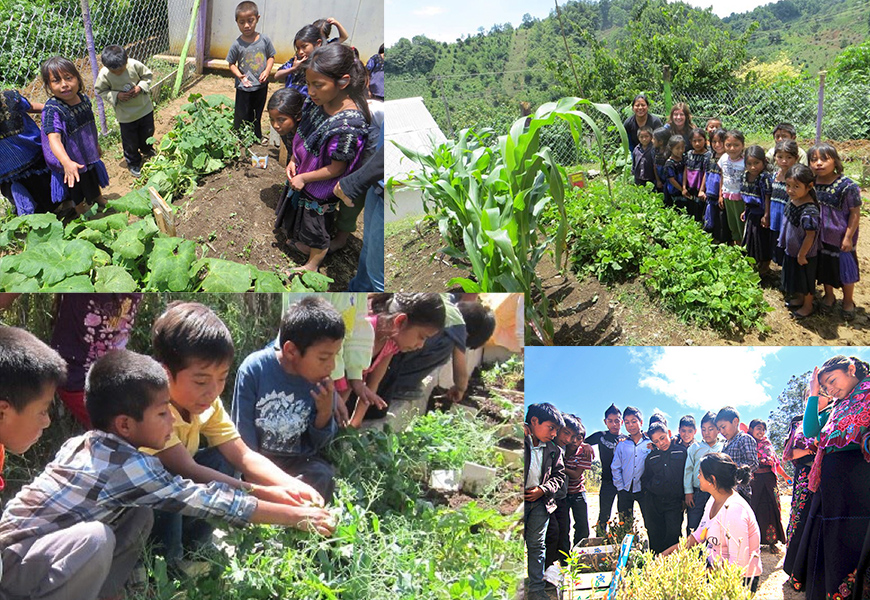
In response to the teachers’ plea for a more local support structure, LabVida launched a state-level network in Chiapas, the Red Chiapaneca de Huertos Educativos (RCHE).
“I think both of the networks are really important at different geographic scales,” says Ferguson, “but definitely on that local scale where people can see each other face-to-face, exchange seeds and learning materials, and talk about the context that they share.”
More challenges in Chiapas
Another urgent concern in Chiapas, as well as in other regions of Mexico, is the problem of food insecurity and food access—as job loss in both rural and urban areas has accelerated during the pandemic. Even the issue of receiving food aid from external sources is complex, as it often undercuts the livelihoods of local farmers. Ferguson discusses potential ways to address the growing crisis.
“I think it’s a huge area of opportunity in terms of improving people’s livelihoods and also for research into how to do this well,” says Ferguson. “One idea we have is to set up a kind of observatory where we would work with the teachers and the network to document what’s going on in the communities. We’d look at things like access-to-food programs, and see where hunger emergencies arise—and then think how to create programs, such as school lunches, in ways that activate local traditions, local cultures, and local economies, instead of burying them.”
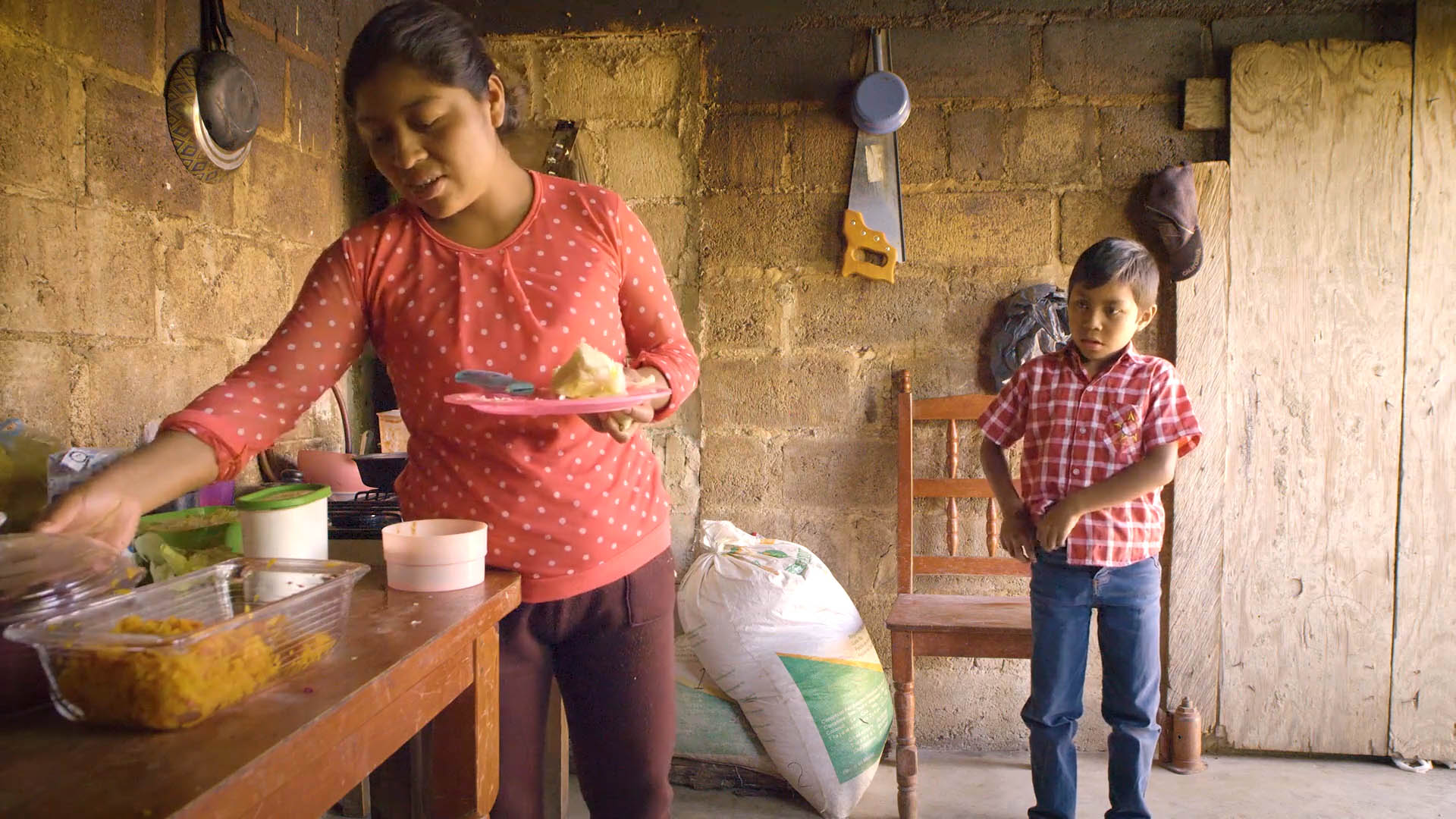
120 Seeds
Asked what the future holds for the school garden networks, Morales smiles.
“We took our sabbatical last year to think about it, and we’re still thinking,” she says. “But one of the of the key elements that we identified is the need to expand our work. So far, we’ve been able to train around 120 teachers. And through the network, these teachers have been trained to pass those ideas to others. So, we don't know how much is our influence, and how much has been evolving on its own.”
“It's been really exciting to see how that's taken off without us having to do much,” adds Ferguson. “And it kept going while we were away on sabbatical. That’s been really rewarding—to see that continuity and growth.”
“So, that’s the secret,” said Morales, offering another smile. “We are not doing that much. We planted these 120 seeds, and now they are doing all the work that we said we were doing.”
A return to SEAS
Though both Morales and Ferguson are quick to credit the teachers with “doing all of the work,” the two researchers remained very much engaged in that work even during their year-long sabbatical in 2019—most of which they spent in Michigan. As a visiting scholar in the spring semester, Ferguson worked with the Sustainable Food Systems Initiative (SFSI) and the SEAS Food Systems sustainability theme. In April of that year, both Ferguson and Morales presented “Action Research for Agroecological Literacy: Examples from Food System Education in Chiapas” as guest lecturers in a Sustainable Systems Forum in the Dana Building. They also shared their knowledge in a videotaped panel discussion, “Radicalizing Food Systems Education: Perspectives from Detroit to Chiapas” in the (SFSI) Food Literacy for All program. Morales noted that she and Ferguson attended the weekly evening lecture series throughout their stay.
The couple had another—and more personal—reason to spend time in the state. Their son is now a student in Ferguson’s undergraduate alma mater, Kalamazoo College.
They also share a fondness for the city where they met.
“We love Ann Arbor,” says Morales, “and we were so nostalgic about our time there in the ’90s.”
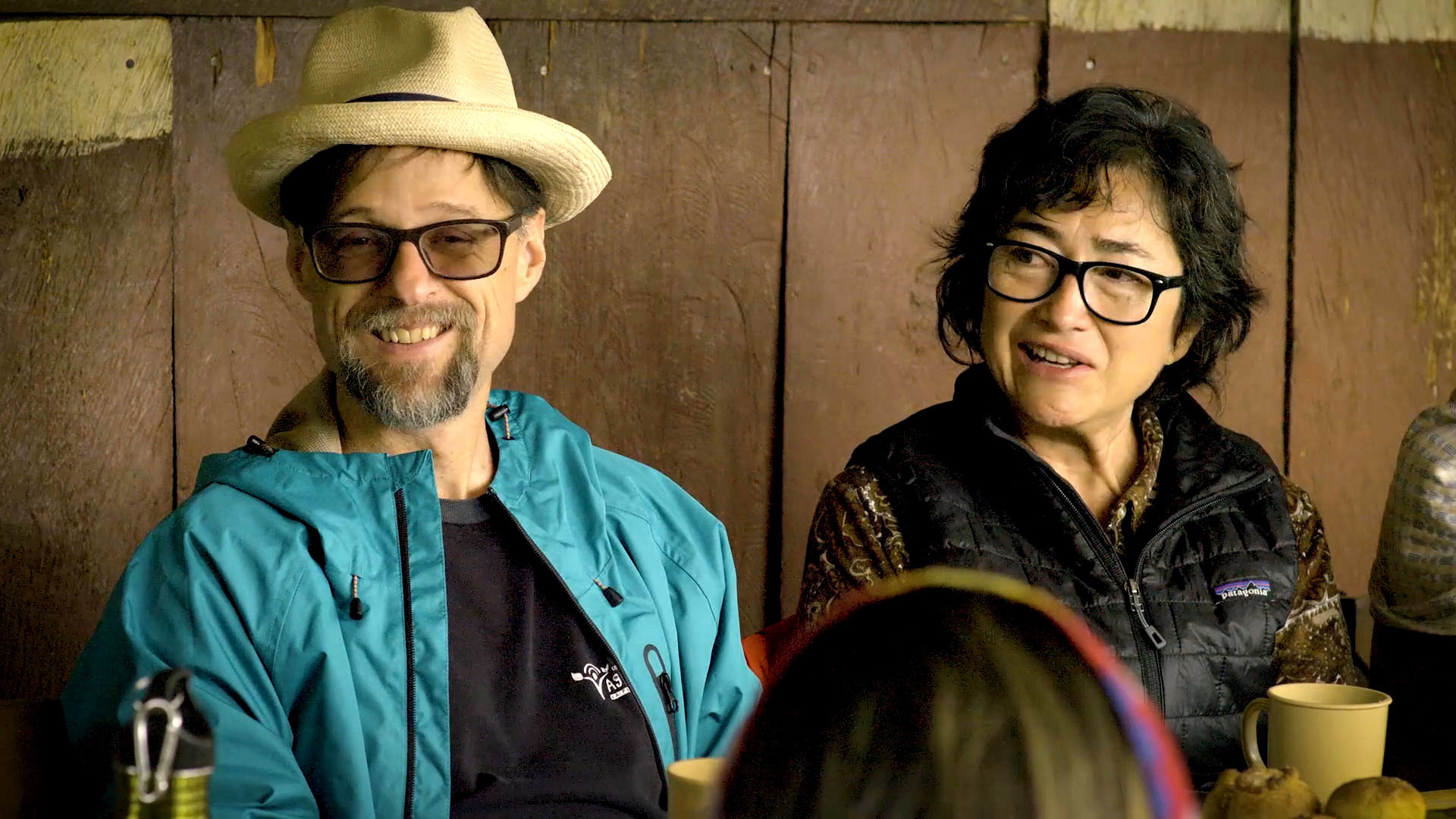
Opportunities for students and alumni
Students and alumni interested in getting involved in school garden networks will find ample opportunities, say Ferguson and Morales. Knowledge of soil microbiology, parasites, and invasive insects—as well as ecosystem dynamics and new issues wrought by climate change—are just a few of the areas of expertise needed. Also of great value are skills in environmental education and communication, along with engineering and public health.
SEAS, with its robust interdisciplinary Master’s Project program, commitment to environmental justice, and students active in agroecological and community-based initiatives could bring a wealth of experience—and energy—to school garden networks, both domestically and abroad. And for women entering the agroecological fields, Morales hopes that the organization that she co-founded, Alliance of Women in Agroecology, will make their path more welcoming than it once was.
Alliance of Women in Agroecology (AWA)
“Agroecology promotes diversity, but not so much when we are talking about people. Just a few years ago, it was mainly a world for men,” said Morales, who worked with Dr. Ivette Perfecto, friends and students to launch AWA.
“We said, ‘Enough!’” Morales relates. “We want to support the new generation of agroecologists. We want to create environments that will protect them, and we will fight against discrimination so that they wouldn’t have the problems that we had to confront. Many of our students are afraid of going to the countryside because of sexual harassment, and many times even inside our academic institutions.
“Since then, we have been pushing for people to listen to what women in agroecology have to say,” she adds. “We’ve been mentoring our students, and writing about what women do in agroecology. It also has been a little seed that five of us dispersed, and now it’s growing—and growing.”
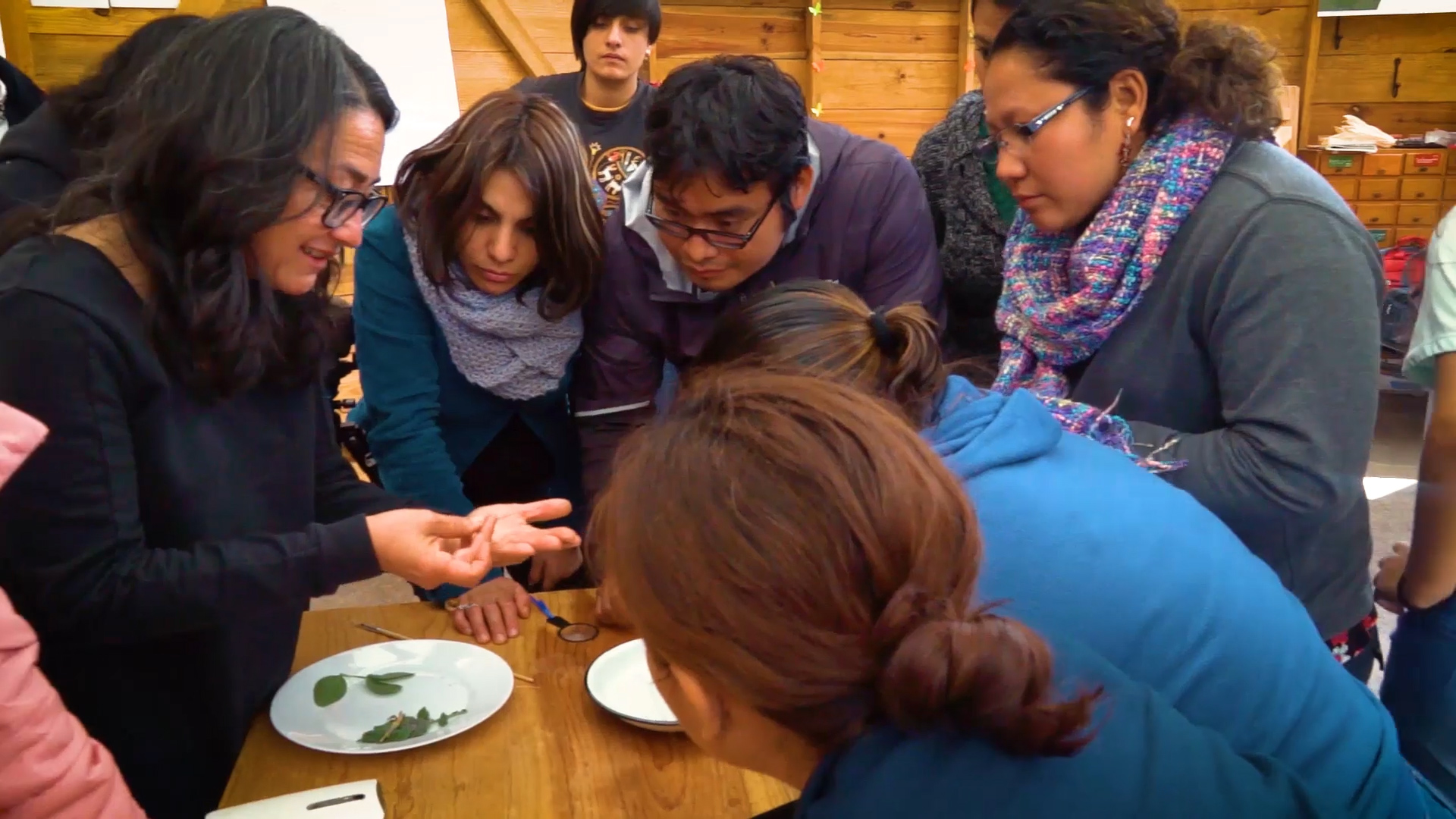
New pathways
By opening a space for experiential learning, school gardens can encourage children and young people to develop the knowledge, skills, and values necessary to face the complexities of living in a globalized world. They can also help reverse the spiral of cultural and ecological degradation by offering local producers the opportunity to share their practices and knowledge in a space within formal education—and promote closer relationships between the school and its environment. In this way, the school becomes more sensitive to local needs and, at the same time, the garden can serve as an incubator for agroecological innovation. For all of these reasons, the interest in garden-based education is growing, and diverse initiatives are emerging throughout Latin America and the Caribbean.
Yet in their recent study, Morales and Ferguson concluded that not everyone can walk down the “garden path.”
“School gardens may not be a practical solution for every teacher or every school,” they wrote. “Lack of garden space, high teacher turnover, as well as the challenge of matching garden growth with the curriculum calendar—present hurdles for even the most dedicated teacher.”
To create alternative pathways for teachers and communities, LabVida returned to Participatory Action Research for community-generated ideas.
When a teacher says, ‘I now know that I can learn from my kids,’ I think that person becomes a wonderful teacher,” says Morales.
Using tools such as food diaries, mapping, interviews, and focus groups, the educators and their groups identified both positive and problematic aspects of their food environments. Based upon what they learned, they stimulated reflection among schoolmates, their families, and the broader community by using puppet shows, radio plays, and artwork, as well as more conventional reports and presentations.
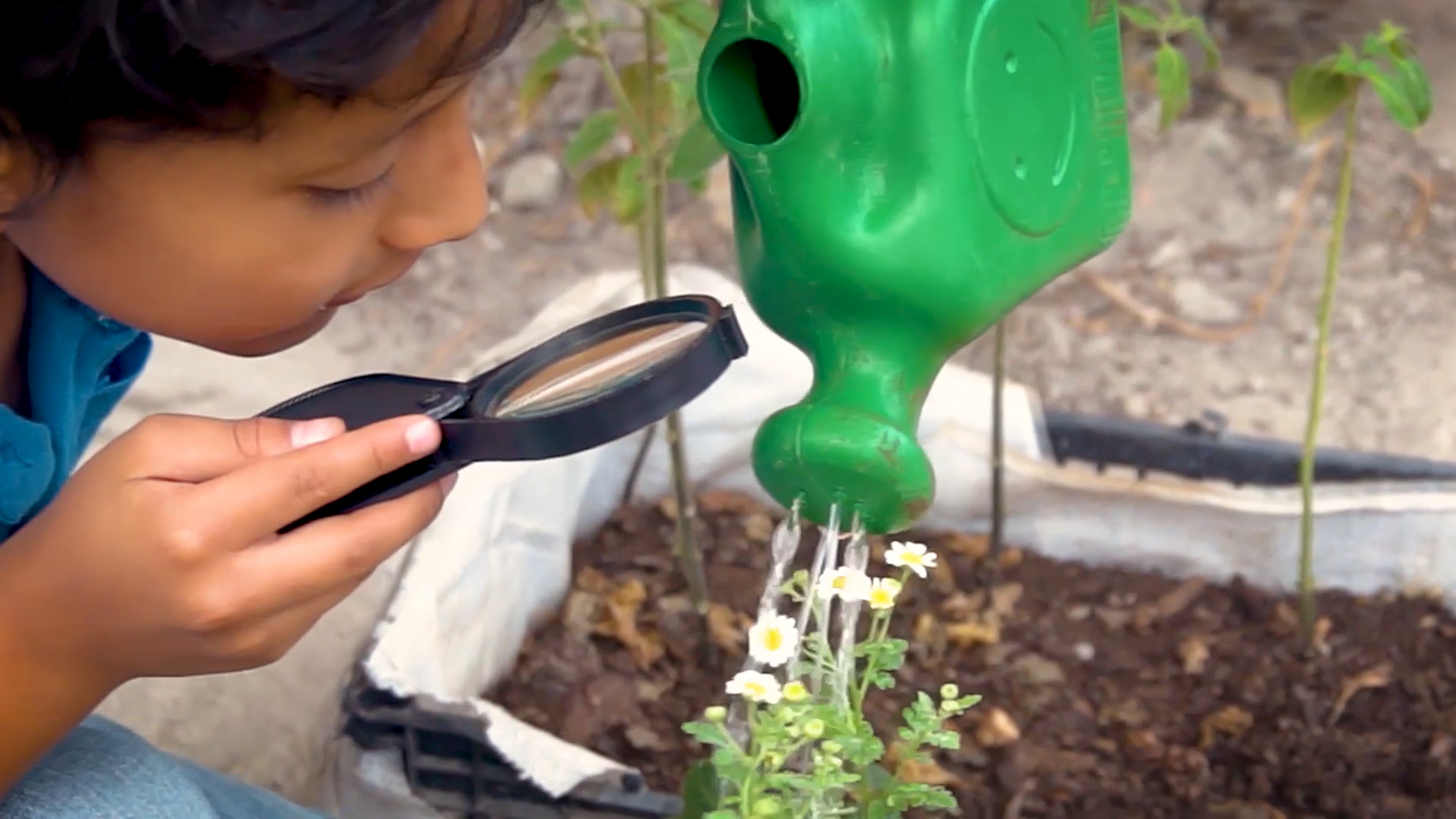
Collectively, the participants envisioned how they might best move forward in their communities. Among their suggestions were workshops, recipe exchanges, fairs, and celebrations of nutritious, regional food featuring local produce vendors—along with a proposal for a student-run shop selling healthy food at a high school.
Morales and Ferguson relate that a welcome outcome has been the extent to which the research experience has allowed teachers to learn from students and students’ families. As a result, several educators report that they have improved as teachers.
Morales believes this is true.
“When a teacher says, ‘I now know that I can learn from my kids,’ I think that person becomes a wonderful teacher.”
In 2019, Ferguson and Morales partnered with Antropo Film House to produce a full-length documentary, Al alcance de la mana (Within our reach), featuring the School Garden Network. Many of the above photos (as noted) are frames taken from the film.
Learn more about LabVida and the School Garden Networks.
Visit LabVida on Facebook
Download the November 2020 release of Agrobiodiversity, school gardens and healthy diets: Promoting biodiversity, food and sustainable nutrition

[Photos: Antropo Film House]